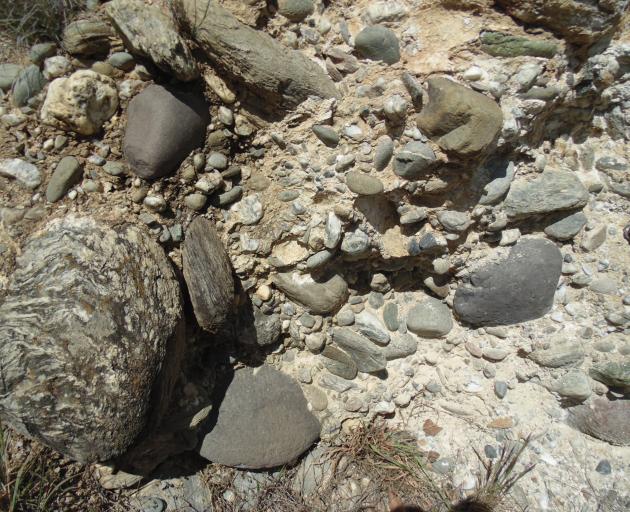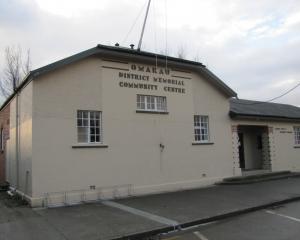
These glaciers have also managed to remove and hide all traces of a volcano that once erupted in the Wanaka-Hawea area.
About 25million years ago, when the mountains had just started to rise on the west side of what is now Lake Wanaka, a small volcanic cone and associated lava flows formed on what was a low relief landscape.
We don’t know exactly where this was as the area is now covered in lake waters and glacial gravel deposits.
The only evidence is some enigmatic black rocks that start to appear in the Clutha River gravels at about Red Bridge near Luggate.

Those black rocks, called lamprophyre dikes, were intruded as molten lava in cracks below the surface and although there may have been some surface expressions, there were no proper volcanoes.
The black volcanic rocks from the Wanaka-Hawea area are so subtly different that a microscope is needed to distinguish them, but there are different minerals and features in the rocks that indicate they were erupted.
This eruption occurred at about the same time as the lamprophyres were emplaced, and also when the volcanoes started forming in east Otago.
The Wanaka-Hawea volcanic rocks, called basanites, are found all the way down the Upper Clutha valley in even the highest terraces.
They were a nuisance for the old-time gold miners as some were over a metre across and had to be moved out of the way.
They are also found in the Manuherikia valley, upstream of Alexandra.
They were probably carried there by an ancestral Clutha River course that went to the north of the present Cromwell Gorge.
This was presumably at some time before the Dunstan Range rose over the past million years.
The lava that made the Wanaka-Hawea volcano and the lamprophyre dikes to the west came from deep in the Earth, possibly more than 50km down.
It came up from there so quickly that it could carry lumps of the Earth’s mantle, and these appear as green chunks within the black rocks.
Similar rocks elsewhere in the world bring up diamonds, although that is from deeper in the mantle.
These and other associated rocks are also enriched in Rare Earth Elements, one of the important targets for mineral prospecting today as these elements are used extensively in so-called "green technology" such as wind turbines and electric cars.
However, finding these resources beneath Wanaka-Hawea area is highly unlikely.
We still don’t yet know where to look, anyway.
— Dave Craw, Emeritus prof geology University of Otago












